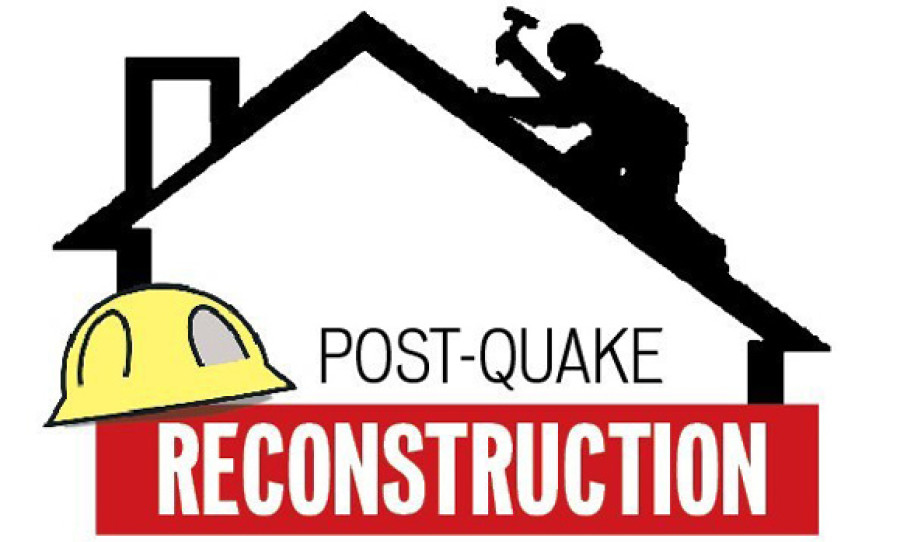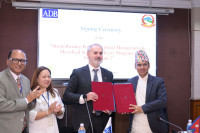National
Lack of relocation plan puts victims on a slippery slope
A majority of the earthquake-displaced families are likely to rebuild their homes in unsafe locations as the government has not come up with a relocation plan for the areas that experts have identified as uninhabitable in the wake of last year’s 7.8-magnitude tremor.
Pragati Shahi
A majority of the earthquake-displaced families are likely to rebuild their homes in unsafe locations as the government has not come up with a relocation plan for the areas that experts have identified as uninhabitable in the wake of last year’s 7.8-magnitude tremor.
The government has distributed the first instalment of the housing aid to 356,627 households of the estimated 800,000 to rebuild their homes. But in the absence of proper counselling on rebuilding, these families are left with no option but to build the houses in unsafe locations once again. “The government is distributing the housing aid for the affected families. But there is no planning on its part to help these families to build their homes in safer locations to prevent the structures from future disaster risks,” said Deepak Chamlagain, a disaster management expert and associate professor at the Tribhuwan University.
According to him, the government and concerned bodies have made very little or no intervention to identify exposure of the existing vulnerable settlements after earthquake to geological hazards, and raise awareness at the local levels about the conditions of the areas they are planning to rebuild their houses.
Some families have already started rebuilding on the same spot where their previous houses once stood, without bothering to learn about the soil conditions. They are using concrete wall and building more than one-storied house, exposing themselves to a risk in the event of any small or moderate earthquakes in future,” says Basanta Raj Adhikari, deputy director at the Centre for Disaster Studies at the Institute of Engineering.
A team of experts led by the Department of Mines and Geology under the Ministry of Industry had carried out a preliminary study of the vulnerable sites in the 14-most affected districts and identified 458 settlements as vulnerable. “Based on the findings of the DoMG, we have initiated a detailed study of 117 settlements and recommended for an immediate relocation of the 56 settlements,” said Bhishma Kumar Bhusal, deputy spokesperson for the National Reconstruction Authority (NRA). Nuwakot has the highest number of recommendations for relocation among the quake-hit districts, followed by Okhaldhunga, Rasuwa, Dhading and Gorkha.
Bhusal, however, maintained that distributing the first instalment of housing aid soon to the remaining quake-displaced households was the authority’s top priority at the moment. “We will work on detailed geological studies of the remaining vulnerable areas soon,” he said.
On August 4, Prime Minister Pushpa Kamal Dahal had pledged to provide the first instalment of the housing aid to all the households identified as true beneficiaries within 45 days. With six days until the deadline, the NRA has only distributed the first instalment to 356,627 households out of the total 533,182 identified as ‘true beneficiaries’ of the rebuilding aid.




 20.12°C Kathmandu
20.12°C Kathmandu















